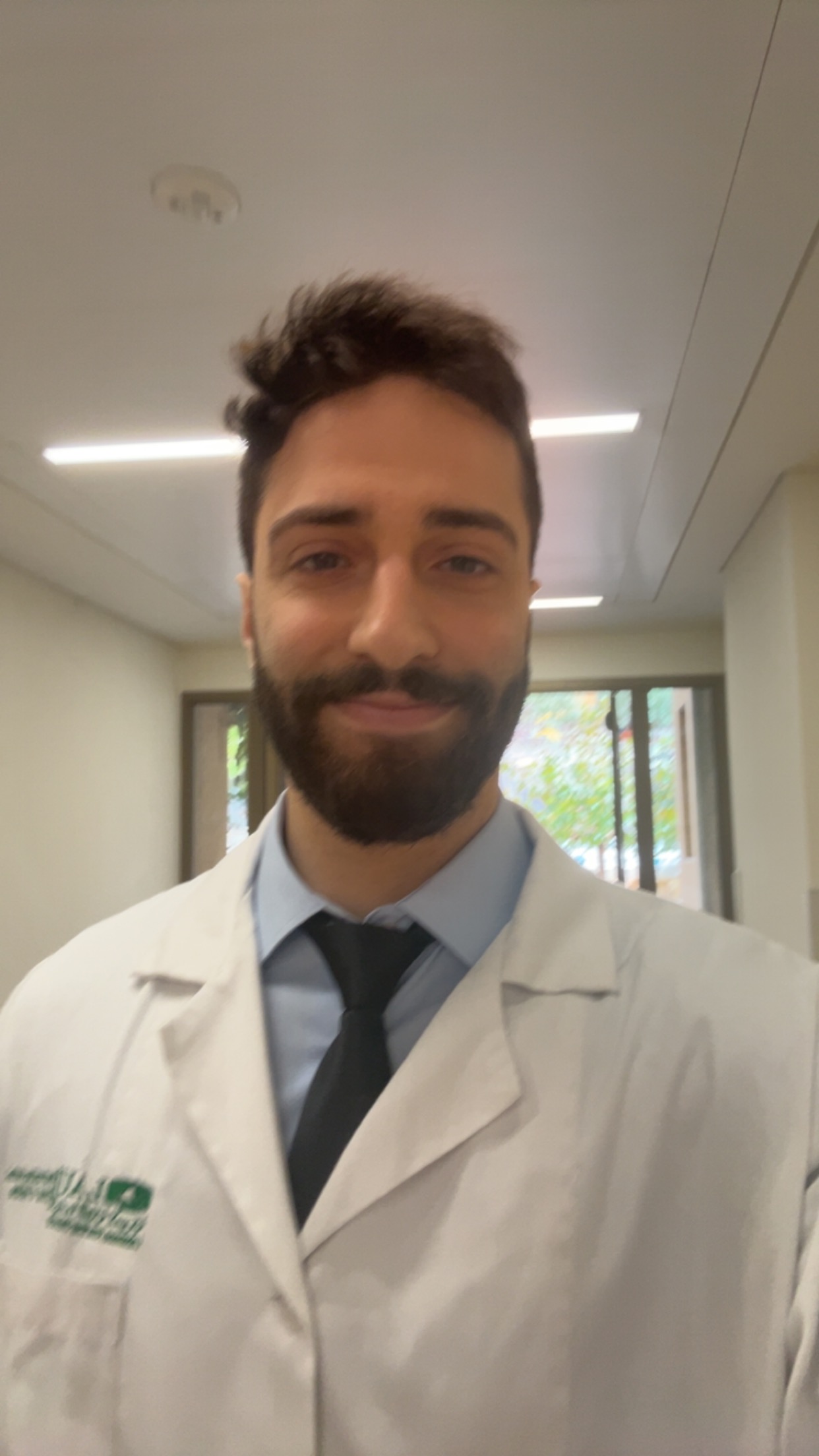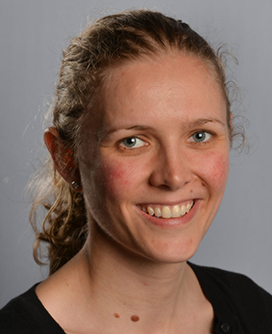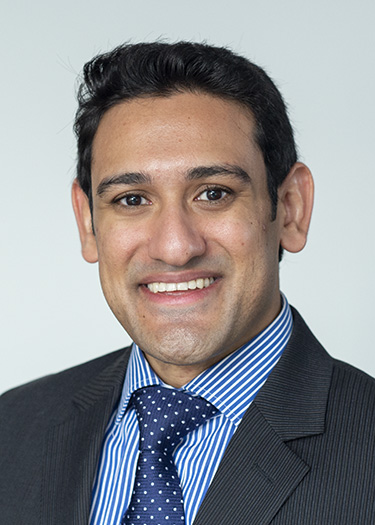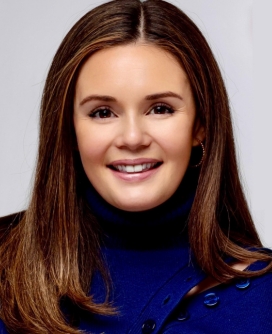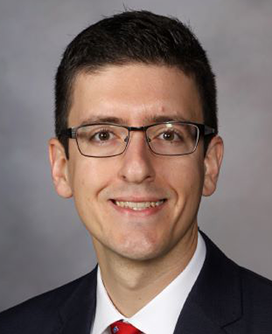This engaging AbstracX Happy Hour session, powered by 91Life, kicks off with opening remarks from 91Life. Following the introduction, AbstracX presenters will present their work in a lively, informal setting designed to foster connection and conversation.
Monitor 1:
5:35 PM – 5:45 PM
Patient Perceived Degree of Empathy Exhibited by a Physician Guided, Prompt Engineered, Generative AI Agent Designed for Atrial Fibrillation Education – Arun Mahtani
5:45 PM – 5:55 PM
From Prediction to Intervention: Machine Learning Identifies Modifiable Drivers of AF Progression for Clinical Action – Mohammad Montaser Atasi
5:55 PM – 6:05 PM
Beyond the CHA2DS2VASc Score: Machine Learning Enhances Stroke Prediction in Low-Risk Atrial Fibrillation Patients- Christian Massad
6:05 PM – 6:15 PM
Predicting mitral stenosis with artificial intelligence-powered ECG analysis for appropriate anticoagulation treatment in patients with atrial fibrillation – Jina Choi
6:15 PM – 6:25 PM
ELECTROCARDIOGRAPHY FROM DEEPER SLEEP BETTER PREDICTS ATRIAL FIBRILLATION RISK – Shekhar Singh
Monitor 2:
5:35 – 5:45 PM
Designing Patient-Facing AI Tools: Usability Evaluation of a Smartphone App Displaying Cardiac Implantable Device Data – Meghan Reading Turchioe
5:45 – 5:55 PM
Direct-from-ECG Dynamic Ventricular Dyssychrony-Guided BiV Pacing and Adaptive CRT Optimization to Improve Outcomes in Heart Failure Patients – Sandeep Gulati
5:55 – 6:05 PM
Evaluation of Photoplethysmography-Based Smartphone App Accuracy for Detecting Atrial Fibrillation After Ablation – Shaun Evans
6:05 – 6:15 PM
Detection of Atrial Fibrillation Recurrence Post-Ablation Using Photoplethysmography-Based Smartphone App – Melissa Middeldorp
6:15 – 6:25 PM
Improving Wearable Cardiac Arrest Detection with Clinical Data – Mahsa Khalili
Monitor 3:
5:35 PM – 5:45 PM
Initial Experience with a Novel Augmented Reality System to Facilitate Atrial Fibrillation Ablation Using Pulse Field Energy – Dan Musat
5:45 PM – 5:55 PM
A Multicenter, Placebo-Controlled, Phase 3 Study of Etripamil in Patients with Atrial Fibrillation and Rapid Ventricular Rate: ReVeRA-301 Trial Design – James Ip
5:55 PM – 6:05 PM
Scalable AF Detection Using CNNs with Stockwell and Fourier Transforms: A Signal Processing Approach for Clinical and Consumer ECGs – Ivan Nenadic Wood
6:05 PM – 6:15 PM
An Automated Tool for Extraction and Parsing of ECG Waveforms from ECG Reports to Train Machine Learning Models – Prasanth Ganesan
6:15 PM – 6:25 PM
Use of Machine-Learning Algorithm to Predict the Occurrence of Ventricular Tachycardia Events in Patients in Intensive Care Unit – Abhishek Maan
Monitor 4:
5:35 PM – 5:45 PM
Deep Learning Analysis of Electrocardiograms for Automated Detection of Cardiac Arrhythmias in Pediatric Patients – David Savage-Lobeck
5:45 PM – 5:55 PM
Multiparametric Risk Stratification and EHR-Integrated Intervention for Postpartum Cardiovascular Disease Prevention in Women with Hypertensive Disorders of Pregnancy and Gestational Diabetes Mellitus – Poonam Tawde
5:55 PM – 6:05 PM
Heart Rate Concordance Between Electronic Textile and Standard Cardiovascular Monitoring Technologies in Ambulatory and Critical Care Patients – Yaariv Khaykin
6:05 PM – 6:15 PM
A Deep Learning Algorithm for PVC Localization From A Standard 12 Lead ECG – Chirag Shah
6:15 PM – 6:25 PM
AI-Based Framework for Expert-Level Diagnosis of Peritricuspid Flutter – Amanda Kremer
Monitor 5:
5:35 PM – 5:45 PM
Auto-Contour LA – A Semantic Segmentation Approach to Left Atrial Navigation in Intracardiac Echocardiography – Jason Yao
5:45 PM – 5:55 PM
Artificial intelligence electrocardiography predicts undiagnosed hypertrophic cardiomyopathy in post-hoc analysis of cardiac arrest survivors – William Swain
5:55 PM – 6:05 PM
Mapping the Invisible: Spatial ERP Mapping as a Targetable Marker of Arrhythmogenic Substrate – Moez Alnazeer
6:05 PM – 6:15 PM
Decoding the Structural Cardiogenomics of Nav1.5: Integrating AlphaFold Structural Context and PMut Pathogenicity Scores to Prioritize SCN5A Missense Variants – Alvaro Reyes-Quintero
6:15 PM – 6:25 PM
Pilot study of Voice Enabled Detection of LV Systolic Dysfunction Using Machine Learning – Shruti Ganesan













